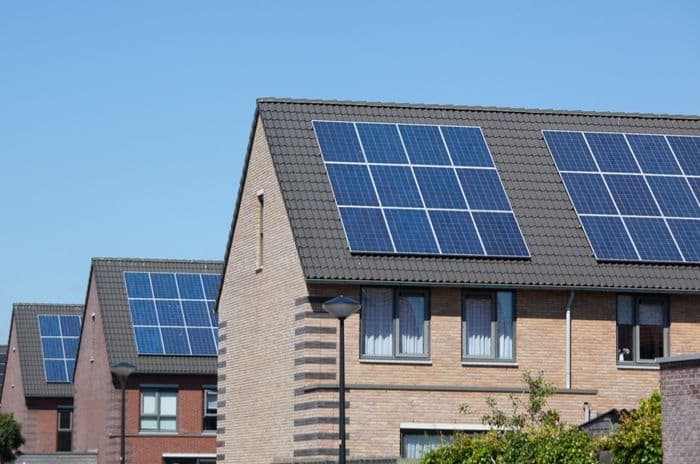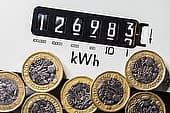Home > Energy > News > Solar power to be sold back to companies from 2020
Solar power to be sold back to companies from 2020
Homeowners with solar panels installed from 2020 will benefit from the Smart Export Guarantee (SEG) to sell excess energy back to suppliers.
Energy companies with more than 150,000 customers will be required to introduce export tariffs by 1 January 2020.
Other forms of small-scale renewable energy including wind turbines with capacities of up to 5MW will also be subject to SEG.
Smart meters will help monitor the amount of electricity sold to the grid, with the energy supplier paying for each unit according to their tariff.

The Smart Export Guarantee
Under SEG, customers installing solar panels on their homes or participating in any renewable community energy project will be able to sell excess energy back to the grid via their energy suppliers.
Suppliers will be required to establish export tariffs to demonstrate to customers how much they'll receive per unit of electricity exported back to the grid.
Only energy companies with more than 150,000 customers will be required to participate in the scheme, although the Government suggests this covers over 90% of the energy market.
Some suppliers already have export tariffs or are in the process of setting them up. Outgoing Octopus from Octopus Energy has Fixed or Agile rates, while Bulb are currently running trials for their customers to get their systems right.
To give energy suppliers adequate time to comply, the new rules on export tariffs won't come into force until 1 January 2020.
SEG doesn't apply to the 800,000+ customers who signed up to the Feed-in Tariffs (FiT) scheme which closed to new entrants in March.
Why is SEG being introduced?
FiT was deemed to be too costly to maintain for new entrants, with the Government paying solar panel households for every kWh of energy generated.
While the amount paid under FiT's export tariffs dwindled over time, the Department for Business, Energy and Industrial Strategy were keen to replace the scheme anyway due to a focus on marketplace competition rather than subsidies.
It was confirmed in December 2018 that FiT would close to new entrants in March 2019, meaning that no new subsidies would be available after that point.
At the time, industry professionals were highly critical of the move to end one form of export tariff without any firm strategy for its replacement.
This meant anyone installing solar panels from April 2019 onwards would be expected to give their excess energy back to the grid without being paid for it.
Although the emergence of SEG to replace the defunct FiT scheme is welcome, by the time energy providers' export tariffs are in place, the solar industry will have had nine months without any form of export tariff incentive to offer potential customers.
Future of renewables
Passing the responsibility of paying for excess energy from the Government to energy suppliers themselves is certainly attractive to the Government and may result in a rounded, more effective energy generation network.
However, while the Government insist solar panels are 50% cheaper than they were in 2011, they still represent a large outlay for a household, with any benefits from excess energy taking a long time to recoup.
It's true that customers are becoming more environmentally aware and this may impact any decisions they make about switching to solar energy, but it still must be considered as worth their while.
At the same time, solar is breaking its own records, twice improving upon its best-ever energy generation performance in the space of two days in May.
Community energy schemes, where a group of locals band together to own, manage and generate electricity are a way of spreading installation costs and profits amongst a community.
However, only 67,000 homes were benefitting from such schemes by 2018, when the Government hoped this figure would be closer to 1m by 2020.
Get insider tips and the latest offers in our newsletter

We are independent of all of the products and services we compare.

We order our comparison tables by price or feature and never by referral revenue.

We donate at least 5% of our profits to charity, and we have a climate positive workforce.
Latest News

02 January 2024
Energy prices increase by 5%
23 November 2023
Energy price cap to rise 5% in January 2024
24 October 2023
Energy companies must do more to support customersGet insider tips and the latest offers in our newsletter


